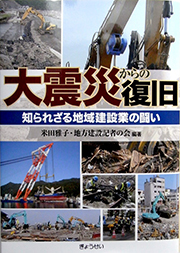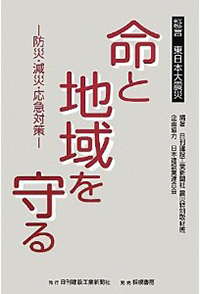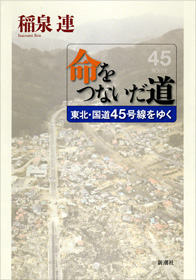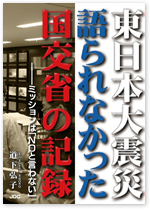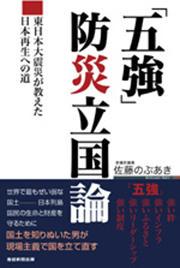That day, a cold freezing day, elementary and junior high school students, who managed to escape from the approaching tsunami, reached the shelter walking through the expressway just opened to traffic. Residents evacuated running through the river levee. Elementary students escaped from danger, using the fire escape that had been installed two years ago. What if there were no roads, levees, or fire escape… The book provides a collection of survivors’ accounts and facts, elucidating the effect of disaster prevention and mitigation of infrastructure.
When the earthquake struck the area, many communities became isolated. What made it possible to reopen the stricken roads, which was cut in many places, to traffic in one week? It was the appropriate decision of the MLIT Tohoku Regional Bureau, which proposed road clearance operations called “Operation Teeth of a Comb”, and the efficiency of execution of local construction companies, which gave full support to the Bureau. Huge amount of relief supplies, including food and daily necessities, was delivered to the affected municipalities through the MLIT liaisons. The procurement was supported by the logistics of major construction companies in Japan. The book elucidates the operations undertaken by the Tohoku Regional Bureau and construction industry at that time.
(From the website of Nikkan Kensetsu Kogyo Shimbun (the Daily Engineering & construction News))



